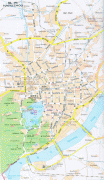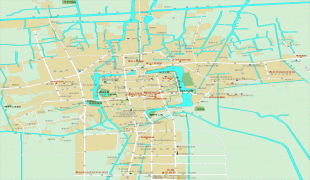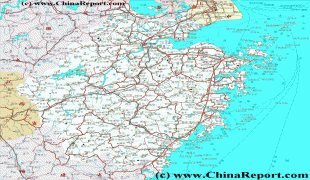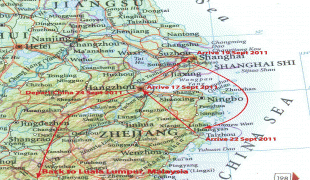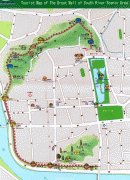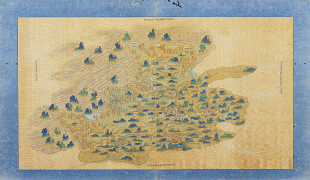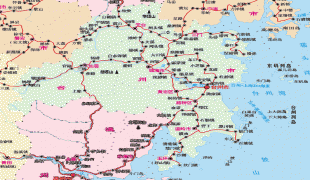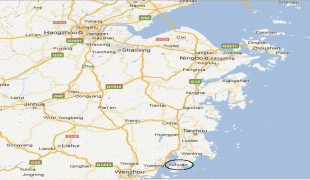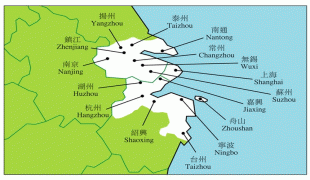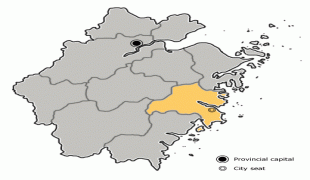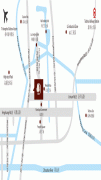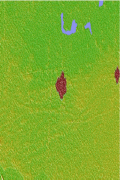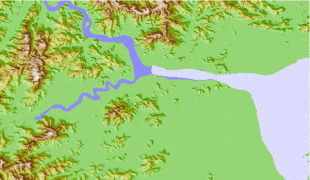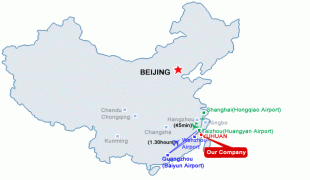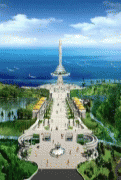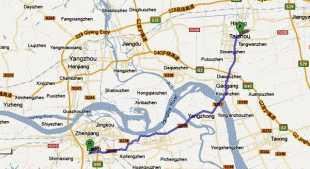Taizhou (Taizhou)
The 2020 Chinese census counted its population at 4,512,762 of whom 1,728,408 live in the built-up (or metro) area made of three urban districts (Hailing, Jiangyan and Gaogang). Two county-level cities have more than 1 million inhabitants, Xinghua with 1,253,548 inhabitants and Taixing with 1,073,921 inhabitants, comprising two of the most important county-level cities in China. Hu Jintao, former General Secretary of the Chinese Communist Party, considers Taizhou his home town as did Mei Lanfang, one of the most famous Peking opera artists in modern Chinese history.
The prefecture-level city of Taizhou administers six county-level divisions, including two districts and four county-level cities.
These are further divided into 105 township-level divisions, including 91 towns, eight townships and six subdistricts.
At the end of 2019, the total household registration population was 5,005,500, and the birth population was 35,300 (birth rate 7.02 ‰), a decrease of 1.37 thousand points from the previous year. 43,400 people died in 2019 (mortality rate 8.64 ‰), an increase of 0.2 thousand points from the previous year. At the end of each year, the city's permanent population was 4,636,100, an increase of 400 over the previous year. At the end of 2019, the urbanization population of permanent residents reached 66.8%, an increase of 0.8 percentage points over the previous year.
Map - Taizhou (Taizhou)
Map
Country - China
 |
 |
| Flag of China | |
Modern Chinese trace their origins to a cradle of civilization in the fertile basin of the Yellow River in the North China Plain. The semi-legendary Xia dynasty in the 21st century BCE and the well-attested Shang and Zhou dynasties developed a bureaucratic political system to serve hereditary monarchies, or dynasties. Chinese writing, Chinese classic literature, and the Hundred Schools of Thought emerged during this period and influenced China and its neighbors for centuries to come. In the third century BCE, Qin's wars of unification created the first Chinese empire, the short-lived Qin dynasty. The Qin was followed by the more stable Han dynasty (206 BCE–220 CE), which established a model for nearly two millennia in which the Chinese empire was one of the world's foremost economic powers. The empire expanded, fractured, and reunified; was conquered and reestablished; absorbed foreign religions and ideas; and made world-leading scientific advances, such as the Four Great Inventions: gunpowder, paper, the compass, and printing. After centuries of disunity following the fall of the Han, the Sui (581–618) and Tang (618–907) dynasties reunified the empire. The multi-ethnic Tang welcomed foreign trade and culture that came over the Silk Road and adapted Buddhism to Chinese needs. The early modern Song dynasty (960–1279) became increasingly urban and commercial. The civilian scholar-officials or literati used the examination system and the doctrines of Neo-Confucianism to replace the military aristocrats of earlier dynasties. The Mongol invasion established the Yuan dynasty in 1279, but the Ming dynasty (1368–1644) re-established Han Chinese control. The Manchu-led Qing dynasty nearly doubled the empire's territory and established a multi-ethnic state that was the basis of the modern Chinese nation, but suffered heavy losses to foreign imperialism in the 19th century.
Currency / Language
| ISO | Currency | Symbol | Significant figures |
|---|---|---|---|
| CNY | Renminbi | ¥ or 元 | 2 |
| ISO | Language |
|---|---|
| ZH | Chinese language |
| UG | Uighur language |
| ZA | Zhuang language |






